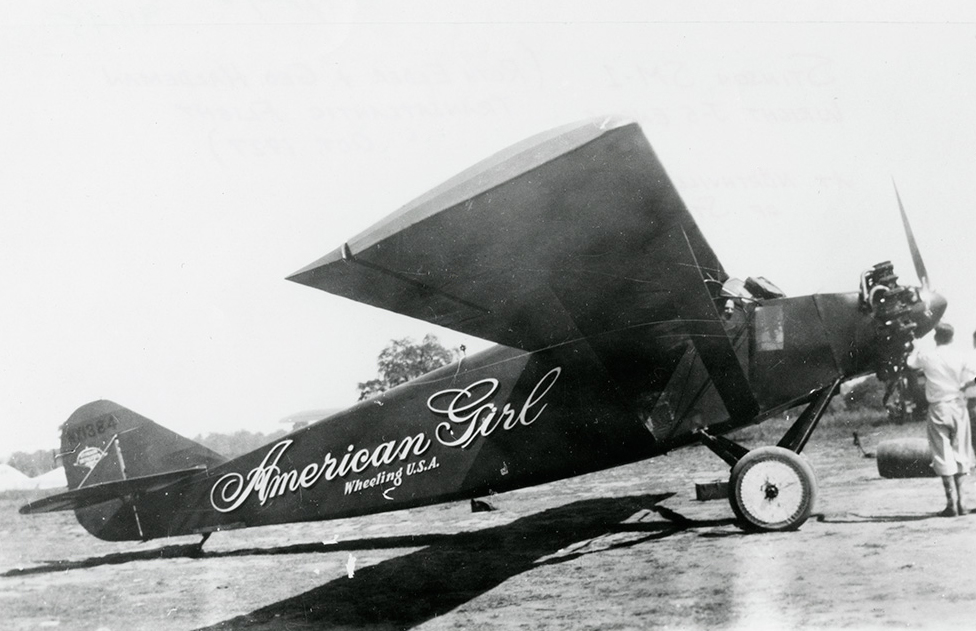Crash of a Stinson SM-1 Detroiter in the Atlantic Ocean
Date & Time:
Oct 12, 1927
Registration:
NX1384
Survivors:
Yes
Schedule:
New York - Paris
MSN:
M207
YOM:
1927
Crew on board:
1
Crew fatalities:
Pax on board:
1
Pax fatalities:
Other fatalities:
Total fatalities:
0
Circumstances:
While performing a nonstop transatlantic flight from New York (Roosevelt Field) to Paris, the aircraft named 'American Girl' was cruising 650 km west from the Azores Islands when the engine failed due to an oil leak. The crew sent a mayday message, reporting his position. The pilot ditched the airplane and both occupants were later rescued by the crew of the dutch tanker named 'Barendrecht'. The aircraft sank and was lost.
Crew:
George Halderman, pilot.
Passenger:
Mrs. Ruth Elder, aviator, actress and owner of the aircraft.
Crew:
George Halderman, pilot.
Passenger:
Mrs. Ruth Elder, aviator, actress and owner of the aircraft.
Probable cause:
Engine failure due to oil leak.




